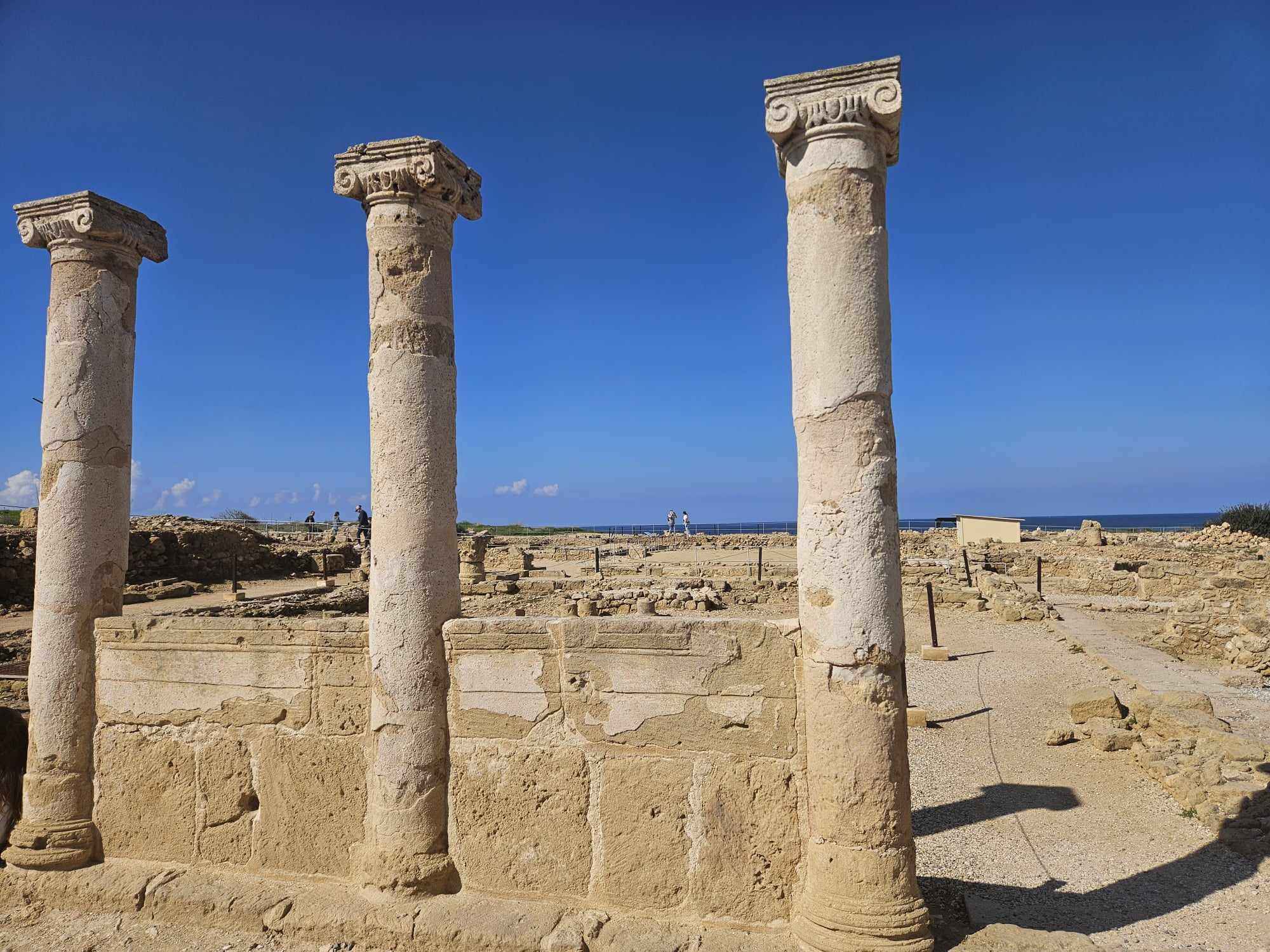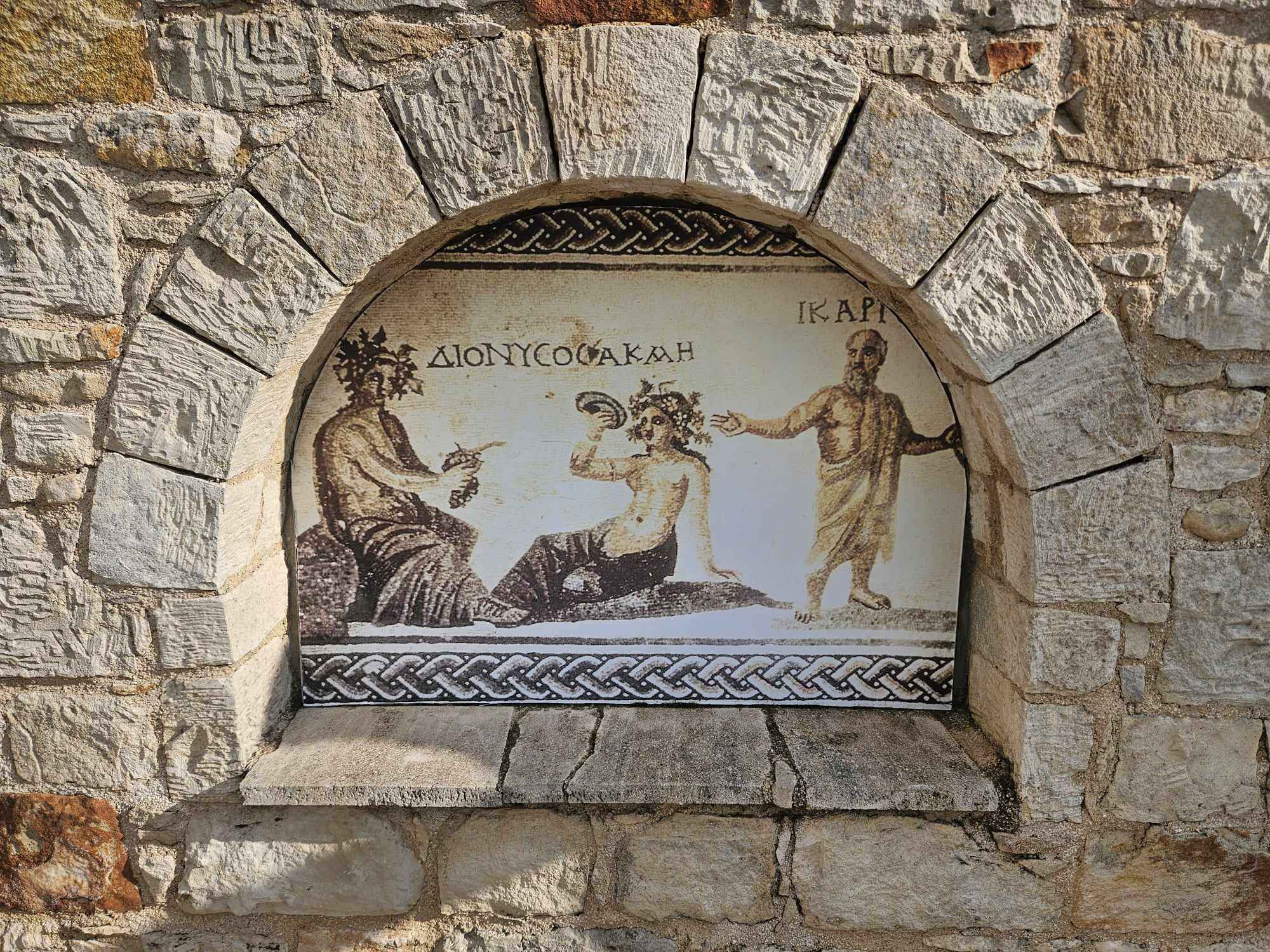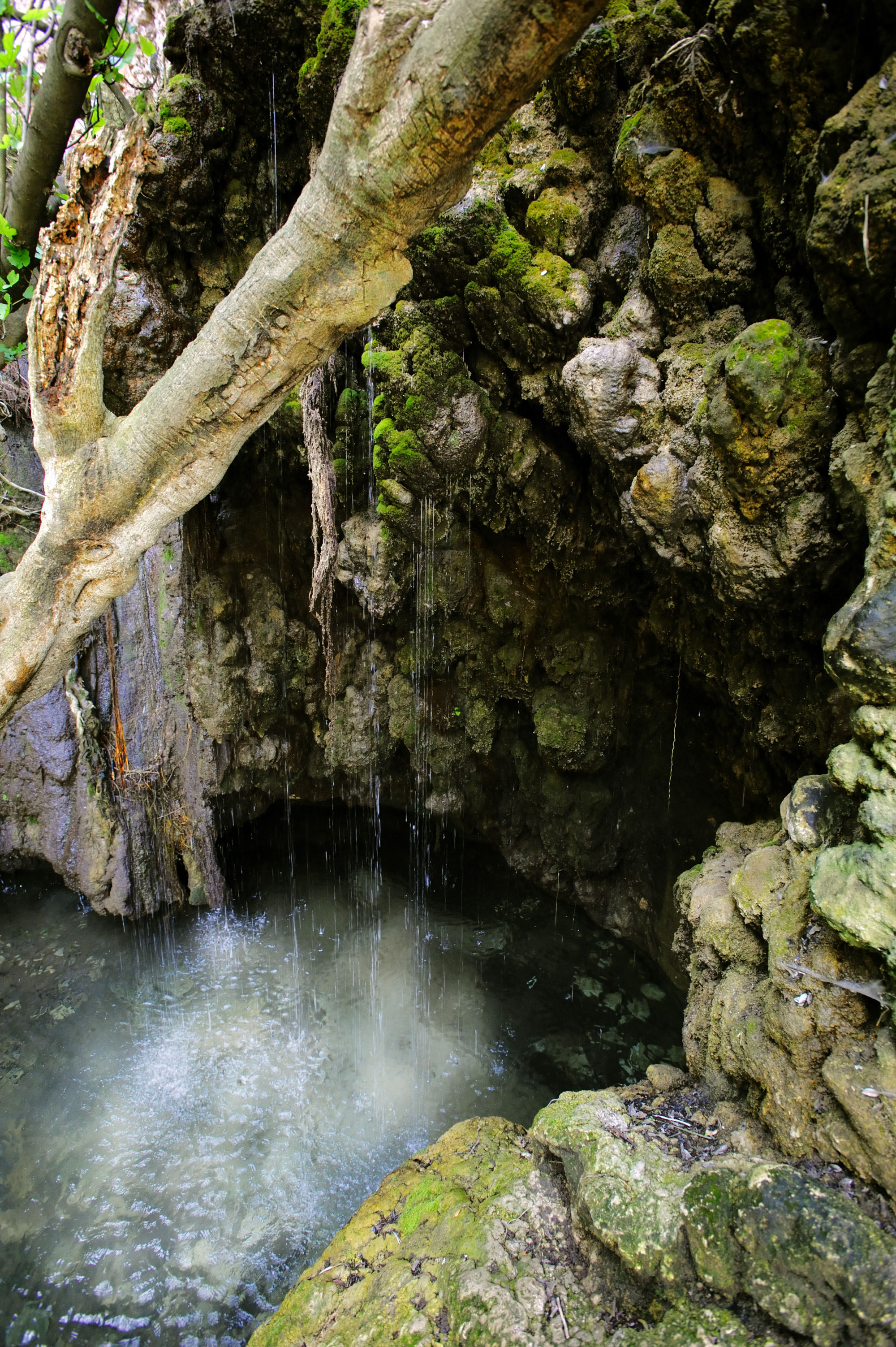
The best things to do in Paphos, Cyprus, reputed birthplace of Aphrodite, ancient Greek goddess of love
- With Unesco-listed site of ancient Greek city, ruins of Aphrodite temple, and some of the world’s best preserved mosaics, Paphos is paradise for history buffs
- There are modern-day relics in the form of two well preserved shipwrecks, beaches where turtles nest, wineries, and a pool the goddess of love reputedly swam in
Paphos in Cyprus – declared a European Capital of Culture in 2017 and a European Capital of Smart Tourism in 2023 – attracts archaeology enthusiasts, wine lovers, nature fans and shipwreck enthusiasts.
It is in a region rumoured to have been the birthplace of Aphrodite, whose son Paphos gave his name to the city, and was once a place of worship for devotees of the Greek goddess of love.
As early as the 12th century BC, a temple dedicated to Aphrodite was established in the village of Kouklia, which was once known as Old Paphos and is around 16km (10 miles) to the east of present-day Paphos. The ruins of the Sanctuary of Aphrodite Paphia, as it is known, are also Unesco listed.

A second Greek deity, Dionysus, has a strong presence around the city, especially at Nea Paphos, where an extraordinary collection of mosaics featuring the god of wine and orchards, madness and debauchery, can be seen.
Considered some of the best examples of classical mosaics in the world, many are displayed in protective buildings through which walkways run, allowing visitors to view the treasures from above.

Dionysus’ influence can also be seen in Cyprus’ long history of wine production. In the 1930s, excavations near the village of Erimi, 56km to the east of Paphos, unearthed pottery shards dating back 5,500 years that had traces of tartaric acid, a component of wine.
In the hills close to Paphos vineyards still flourish, growing the indigenous mavro and xynisteri grapes as well as international varietals such as chardonnay, cabernet sauvignon and shiraz.

In the small museum at the Sterna Winery – little more than a stone building on a hillside – I learn about winemaking in the region and take a look at the tools used to work the fields then and now. Even better is the tasting room, where visitors try recent vintages, straight from storage in a cave, along with fortified wines and spirits.
Carob, olive and almond trees dot the crests of the hills, the delicate pink and white blossom of the latter lighting up the countryside and perfuming the air in February and March. Olive trees enjoy long lives and there are centuries-old specimens across the island.

Longevity in nature is a recurring theme in this part of Cyprus.
Nearby is a three-room, interactive museum dedicated to turtles. Opened in 2023, it is the first of its kind in Cyprus. Inside, I learn about Lara Bay’s turtles, and discover that the temperature at which eggs are incubated underground determines the sex of the offspring.

The Edro III did not survive for anywhere near as long.
At Peyia village, about 15km to the north of Paphos, the rusting ship leans at an angle next to the shore, close to natural sea caves sculpted by the erosive forces of the Mediterranean Sea. Being relatively intact, the vessel looks like it has dropped anchor in a sheltered harbour, but it is in fact one of Paphos’ two prominent shipwrecks.
The other, the MV Demetrios II, lies further out at sea, off the coast of Chloraka village, but can be seen from the shore and attracts wreck divers.

The Edro III ran aground in the autumn of 2011. Some 80 metres (260 feet) long and weighing almost 2,500 tonnes, its decaying metal structure contrasts with the natural white-stone sea caves, making it a well-photographed landmark.
Swimmers gather each morning to exercise in the calm, clear waters of the Paphos town harbour, overlooked by a square sandstone fortress that glows in the sunlight. An hour’s drive away, on the eastern side of the Akamas peninsula, is another swimming spot, a sheltered inland rocky pool fed by a gentle waterfall: the Baths of Aphrodite.
The goddess of love herself is said to have swum in this pool, enjoying its secluded location. Perhaps she even did so with her son, Paphos.

